Freshwater snails are one of the most consistent food sources available to fish, but one of the most underfished imitations used by flyfishers.
Wild spawned trout
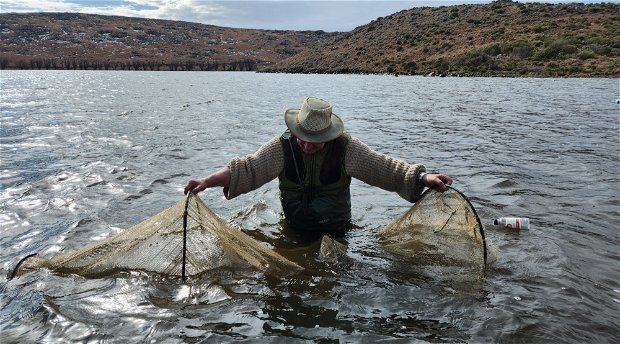
We are situated in the Karoo, and as it is a semi-arid area, the thought fishing for trout is quite foreign.
We have some amazing river sections in the Karoo, some as far away as Cradock, and some closer to our home base in KwaNojoli (formerly Somerset East). Although the trout don't usually breed in our area, we have had a couple of seasons here and there, where the conditions were just perfect, with enough snow melt for them to breed, but it's not a regular occurrence. It does mean, however, that one of the fish you catch in the river may very well have bred there. But, alas, most of them are stocked.
What you do need to take into account though, is that this is not a normal hatchery fish stocking. These trout are wild spawned. What does that mean? Well, the eggs are harvested from trout in a natural lake; they are not fed, or molly coddled, they live wild. During the winter months, when the eggs are ripe, the fish are caught on fly and in nets, and eggs and milt are stripped. The process of selecting the best possible characteristics from the trout, both hens and cock fish, is quite the art. It's like stud breeding, but trout. This takes the best part of three days, in really harsh conditions. Freezing cold, standing in the water for hours on end, cold hands, cold feet, and totally exhausted! It is a process that we have been intimately involved with for many years, and every now and then, a new bunch of youngsters helps out!
Once the eggs are packed, they're taken to the hatchery. Now the process of waiting to see how successful the harvesting was begins. Once they reach the eyed egg stage, you start to breathe a little easier. Now the eggs are more resilient and you know that they may, very possibly hatch. This stage lasts about 2 - 3 weeks. If the eggs do not reach this stage, or not enough eggs reach this stage, it's back to the waters. Catch more fish, harvest more eggs, fertilize the eggs, wait...
Quite the process...and all you have to do now, is keep them alive until the little fish are big enough to stock into the waters, so that they don't get eaten by dragonflies, frogs, crabs, birds and bigger trout!
And then? Well, then you leave them. They are as wild as is possible without actually breeding in the rivers. They're not fed, they have to work it out for themselves. The most amazing thing, when you put these little fry and fingerlings into the waters, is to see how they immediately start to feed, and explore their new home.
Further Reading
How many times have you been skunked by fish and retreated home with your tail between your legs, conducting a mental postmortem of the day and wondering what you could have done differently?

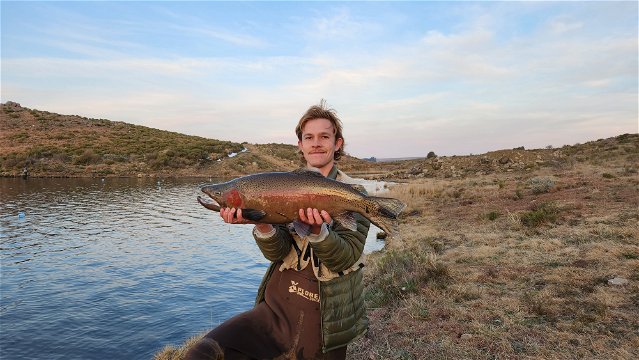
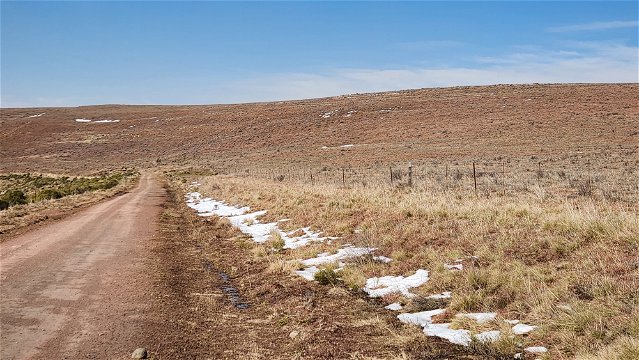
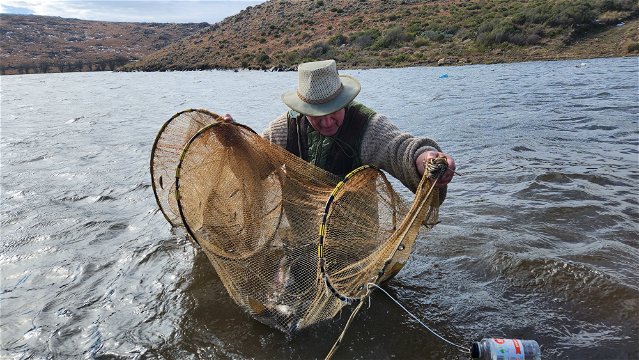
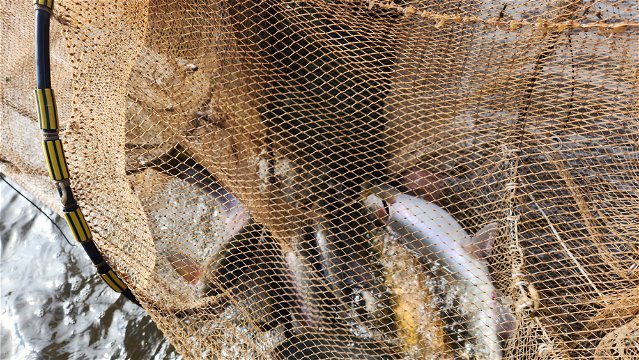
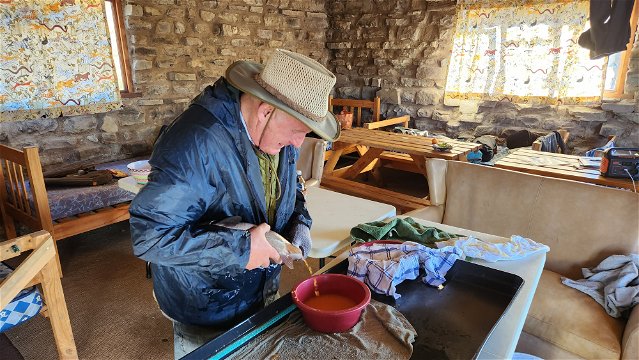
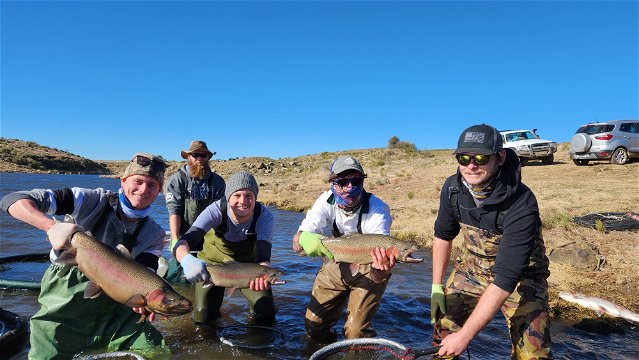
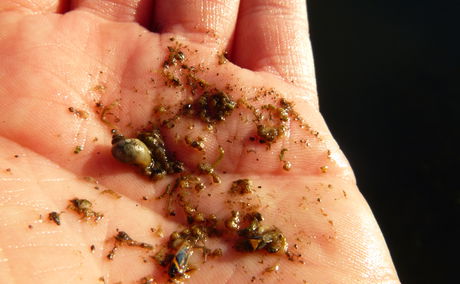
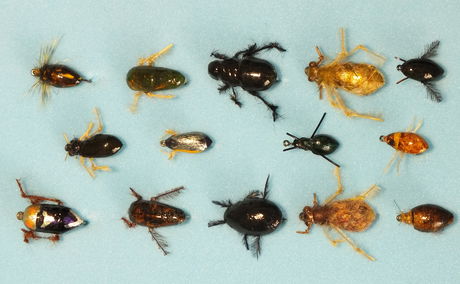
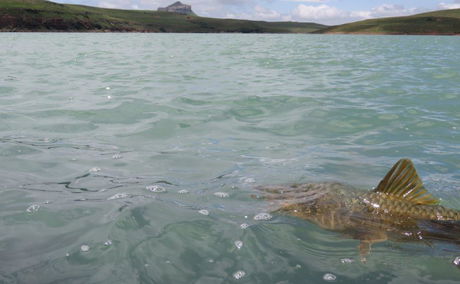
Share This Post